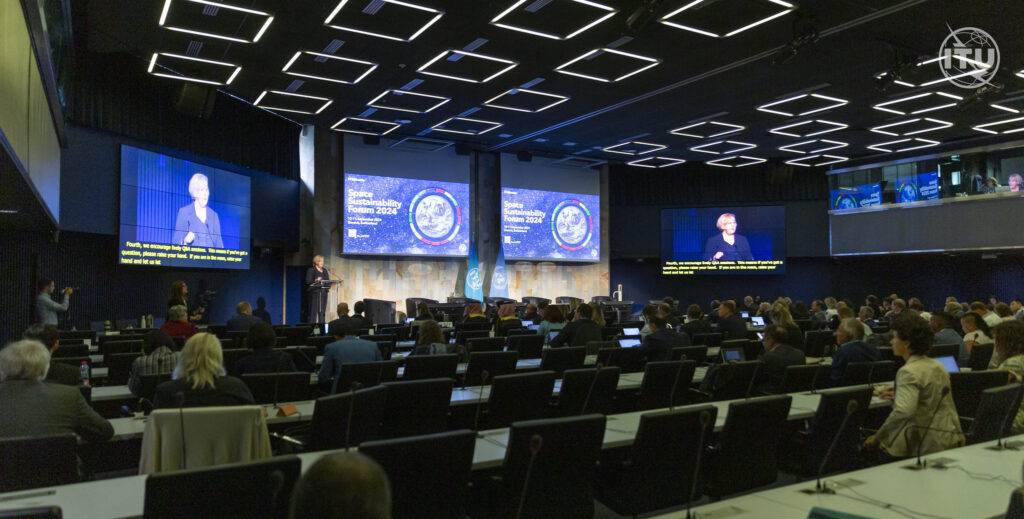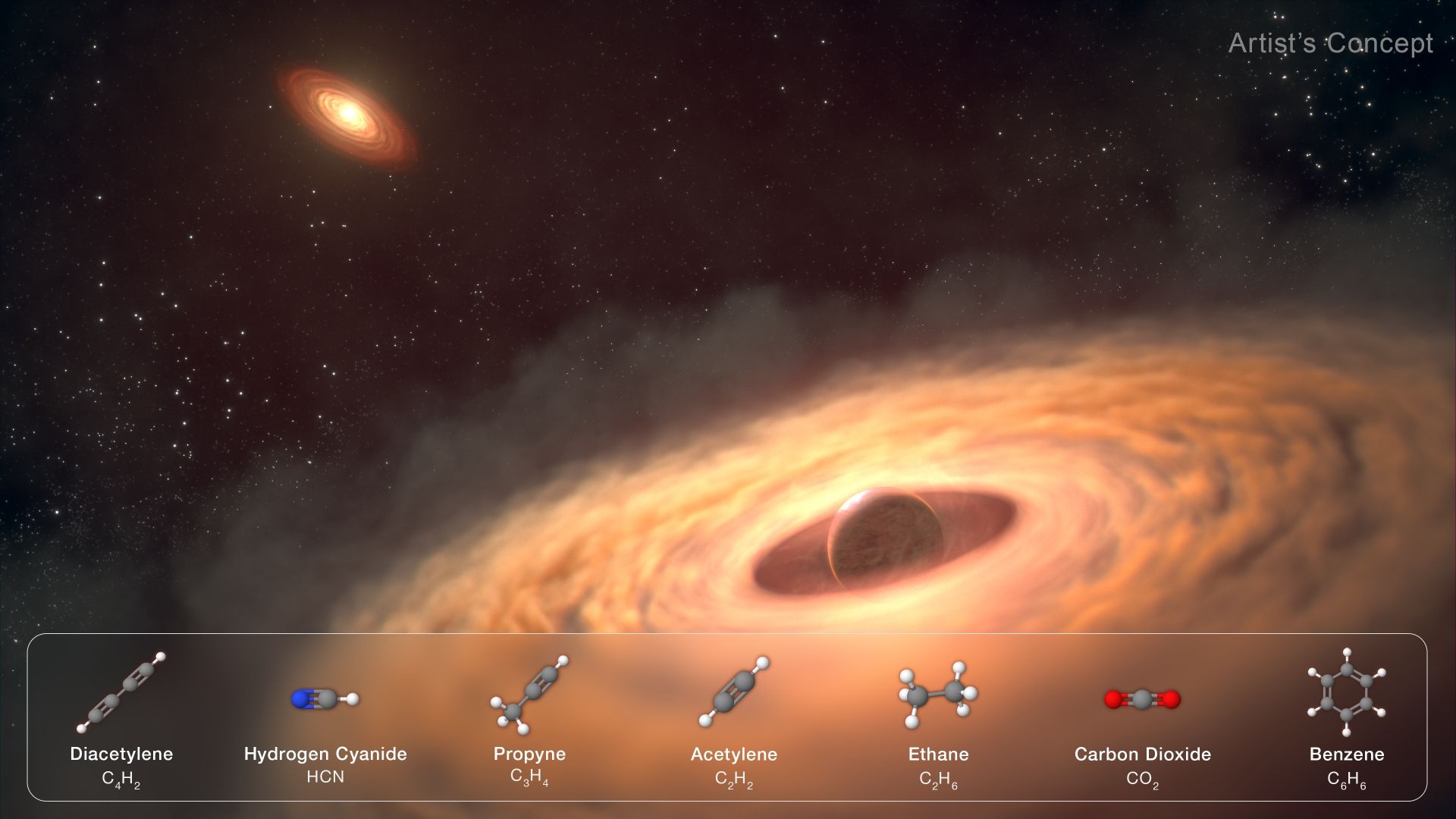Now Reading: SpaceX’s D2D deal spurs space bulls
-
01
SpaceX’s D2D deal spurs space bulls
SpaceX’s D2D deal spurs space bulls


For all the macroeconomic uncertainty, the mood among space financiers is strikingly bullish.
After a sluggish stretch that left satellite valuations near all-time lows at the end of 2024, investors at World Space Business Week in Paris portrayed a sector rebounding with renewed strength, as signs of maturity bolster valuations and attract deeper pools of capital.
“It feels like we are on the cusp of a game-changing space economy,” said Jonathan Greenberg, a managing director at Morgan Stanley.
He pointed to an uptick in Series C and D rounds for companies such as True Anomaly and Impulse Space, overtaking earlier-stage activity in the United States as investors hunger for businesses closer to revenue and profitability.
Private equity, infrastructure funds and other institutional investors are stepping up with big-ticket deals, expanding the range of funding flowing into the fast-evolving sector.
Meanwhile, venture capital remains active and is particularly noticeable in Europe, where a sovereignty renaissance is sparking optimism in a market that has long trailed the U.S.
Geopolitical shifts are reinforcing the momentum on both sides of the Atlantic as governments grow reacquainted with the importance of space for military and security needs.
“A lot of the capital activity has been sovereign-related in satellites,” said Fred Turpin, a managing director at J.P. Morgan. “But that’s good, and valuations are up for almost every major company in this space — almost over 100% in the last six months.”
A market realigned
The global space economy is projected to have grown 8% in 2024 to about $600 billion, with commercial activity accounting for roughly three-quarters of the year-on-year increase.
Much of that momentum is tied to communications, where the balance of power is shifting.
Just five years ago, cable companies looked set to dominate U.S. broadband, Turpin noted. But today, it’s the wireless operators pulling ahead in broadband in what has become a three-player market after AT&T bought $23 billion of spectrum from EchoStar, which gave up on being a traditional carrier amid regulatory scrutiny following complaints from SpaceX and others.
SpaceX’s separate $17 billion spectrum purchase from EchoStar to expand its direct-to-device (D2D) services has further realigned the market, punishing shares of traditional wireless infrastructure and tower providers.
Turpin said the rise of D2D could also create “a whole different set of ecosystems for private equity and for venture capital” to invest in.
“There’s a shift going on and smart private capital is trying to figure out how to get in front of that a little bit,” Turpin added, “and I think we’re in the early innings.”
M&A momentum
Rising valuations drive mergers and acquisitions, with SpaceX’s mammoth deal being just one of several high-profile transactions across the U.S. and Europe this year.
Gwen Billon of boutique investment bank PJT Partners said she expects “this trend to continue over the next 12 months at least,” given the pipeline she sees.
Space companies have already been consolidating to gain the scale needed to confront SpaceX. But scale alone isn’t enough. Operators must also figure out what capabilities are truly essential, preferably at relatively low cost. This increasingly means targeting areas such as managed services, cybersecurity and other technologies needed for the broader ecosystem.
The space sector also remains difficult for many investors to grasp, according to Achille Del Pizzo, a Guggenheim Partners managing director.
Alongside the technical complexity, he said investors face a gap in valuations and deal activity between Europe and the U.S., where the Trump Administration’s $175 billion, space-critical Golden Dome missile defense program is distorting the investment landscape.
And while Europe has come far, Mark Boggett, CEO of early-stage investor Seraphim Space, said the continent remains about three years behind the U.S. when it comes to defense procurement and startup engagement.
The good news, he added, is that the U.S. has created a “clear blueprint” Europe can adopt to compress that gap.
This article first appeared in the October 2025 issue of SpaceNews Magazine.
Stay Informed With the Latest & Most Important News
Previous Post
Next Post
-
 012024 in Review: Highlights from NASA in Silicon Valley
012024 in Review: Highlights from NASA in Silicon Valley -
 02Panasonic Leica Summilux DG 15mm f/1.7 ASPH review
02Panasonic Leica Summilux DG 15mm f/1.7 ASPH review -
 03How New NASA, India Earth Satellite NISAR Will See Earth
03How New NASA, India Earth Satellite NISAR Will See Earth -
 04Astronomy Activation Ambassadors: A New Era
04Astronomy Activation Ambassadors: A New Era -
 05And Thus Begins A New Year For Life On Earth
05And Thus Begins A New Year For Life On Earth -
06SpaceX launch surge helps set new global launch record in 2024
-
 07Space Force plans new ‘Futures Command’ amid pressure to speed up modernization
07Space Force plans new ‘Futures Command’ amid pressure to speed up modernization



















